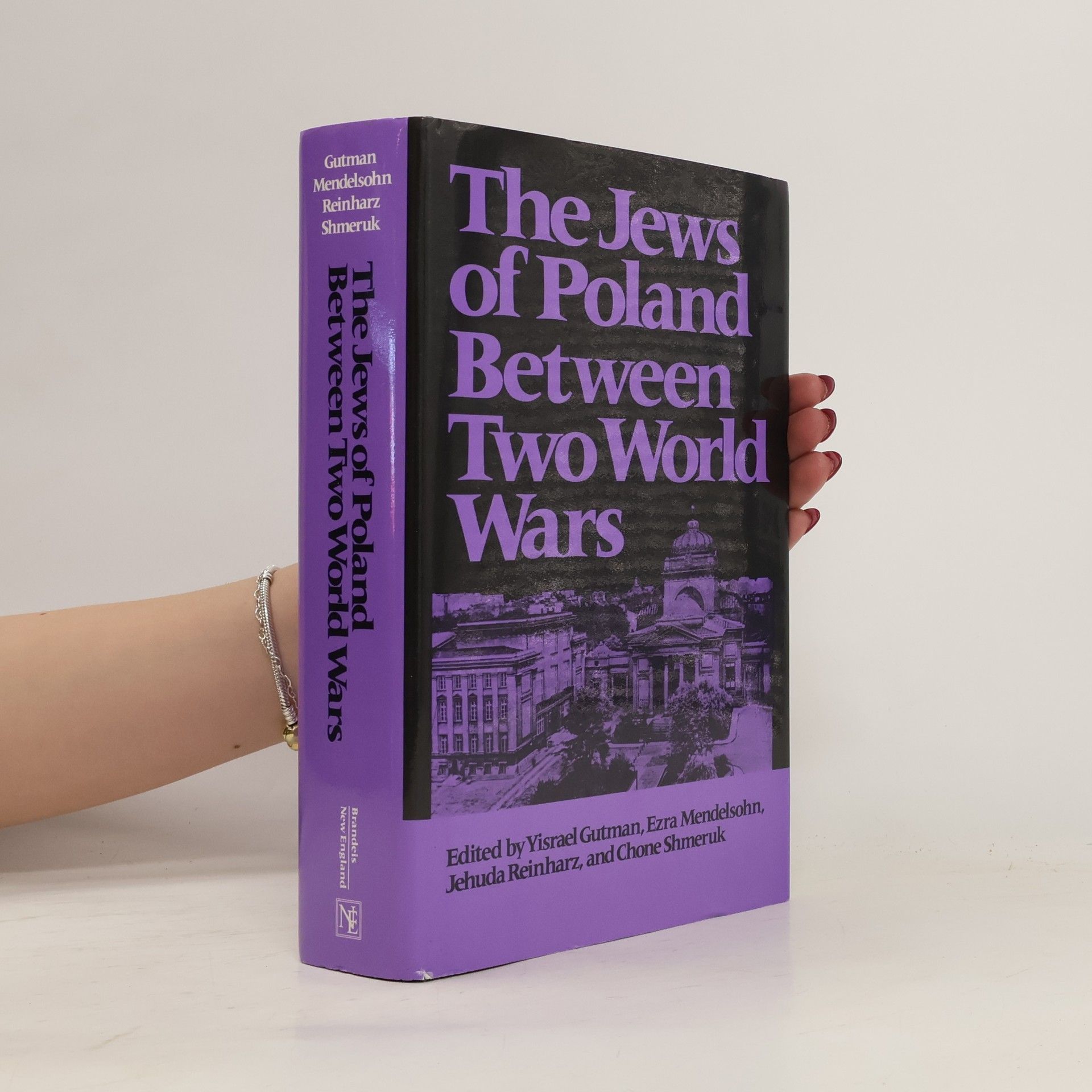Die Ankunft eines Transports in Auschwitz-Birkenau. Das Auschwitz Album ist ein einzigartiges Zeugnis: Es dokumentiert die Ankunft eines Transports ungarischer Juden in Auschwitz im Mai 1944. Unter den Deportierten war auch Lili Jacob. Sie wurde im April 1945 nach Aufenthalt in weiteren Lagern im Konzentrationslager Mittelbau-Dora befreit. Nach einem Schwächeanfall lag sie in einer ehemaligen SS-Kaserne und entdeckte dort – ein beinahe unglaublicher Zufall – eben dieses Album. Sie erkannte auf den Aufnahmen den Rabbiner aus ihrem Heimatort, Verwandte und auch sich selbst. 1980 übergab Lili Jacob das Album zur Aufbewahrung und als ewiges Mahnmal der Gedenkstätte Yad Vashem in Jerusalem. Dort gelang es in Zusammenarbeit mit dem Museum Auschwitz, viele der Menschen auf den Fotografien zu identifizieren und ihnen dadurch ihre Namen und Individualität zurückzugeben. Neben den Bildern in diesem Album existieren nur ganz wenige – heimlich gemachte – Fotos aus Auschwitz aus den Kriegsjahren. Das Auschwitz Album diente als Beweismittel im Frankfurter Auschwitz-Prozess und einzelne Fotos daraus ergänzten die Zeugenaussagen im Prozess gegen Oskar Gröning. Nach der ersten Ausgabe im Jahr 2005 erscheint nun eine bearbeitete Neuauflage: Durch erneute Nachforschungen und Hinweise von Zeitzeugen konnten zahlreiche weitere Personen auf den Fotografien identifiziert und Angaben ergänzt bzw. korrigiert werden.
Israel Gutman Bücher
20. Mai 1923 – 1. Oktober 2013



Enzyklopädie des Holocaust III. Q-Z
die Verfolgung und Ermordung der europäischen Juden
- 1912 Seiten
- 67 Lesestunden
The Jews of Poland Between Two World Wars
- 608 Seiten
- 22 Lesestunden
A series of essays, by noted scholars from America, Europe, and Israel, describing Jewish life in Poland between 1918 and 1939. the study illustrates the communities' efforts to maintain the strong cultural heritage amidst anti-Semitism.